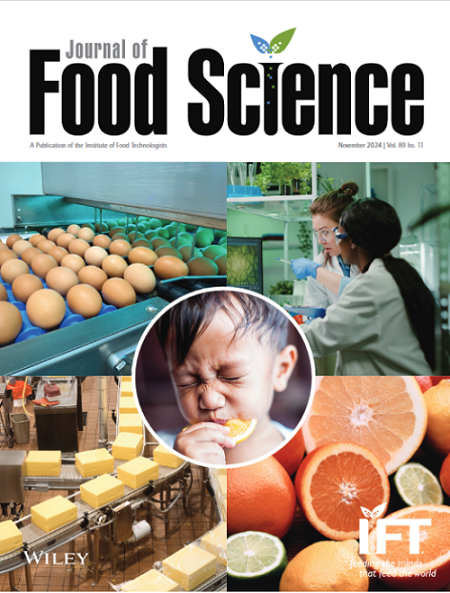This study evaluated the volatile organic compounds (VOCs) and taste properties of Gorgon Euryale seeds processed by five methods (steaming, boiling, microwaving, roasting, and stir-frying) using electronic tongue (E-tongue), electronic nose (E-nose), gas chromatography-mass spectrometry (GC-MS), and gas chromatography-ion mobility spectrometry (GC-IMS). A total of 44 and 40 VOCs were identified by GC-MS and GC-IMS, respectively. Pyrazines (2-ethyl-3,5-dimethylpyrazine, 2,3-diethyl-5-methylpyrazine) and furans (2-pentylfuran, 2-ethylfuran) played a major role in the baked aroma characteristics of roasted and stir-fried Gorgon Euryale seeds. Six and seven marker compounds were identified by Orthogonal Partial Least Square Discriminant Analysis (OPLS-DA) models for GC-MS and GC-IMS based on 12 VOCs with odor activity value > 1 and 18 VOCs with relative odor activity value > 0.1, respectively. OPLS-DA and principal component analysis score plots of the E-tongue and E-nose demonstrated that samples could be effectively distinguished in terms of flavor. This research provides a comprehensive basis for evaluating the impact of processing methods on the changes in flavor of Gorgon Euryale seeds.
This work demonstrates that the use of E-tongue, E-nose, HS-SPME-GC-MS, and GC-IMS has the capability to thoroughly analyze the flavor profile of Gorgon Euryale seeds at both macro and micro levels. This approach effectively distinguishes Gorgon Euryale products subjected to different processing treatments and provides a reliable reference for evaluating and identifying the flavor quality of Gorgon Euryale seeds.


